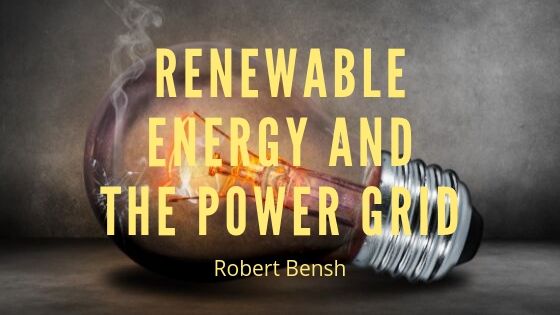What is the biggest machine on the planet? No, it is not found in a factory or military installation. Instead, it is the US power grid. This massive machine delivers over $400 billion worth of electricity each year to homes, offices, and plants. The power grid also spans more than 7 million miles. This is longer than the circumference of the Earth!
The world’s biggest machine is also an old and outdated one. It is in dire need of repair. The infrastructure of this machine is valued at $840 billion. It consists of a system of substations, transformers, wires and of course generating plants that create the energy that the rest of the infrastructure transport to homes and businesses.
Why should we improve the infrastructure of the US power grid? It will make the grid more reliable, efficient, and secure from attack. Improvements will also cut down on pollution.
There is a problem that utilities are facing now, and it may further deteriorate the power grid and increase costs for customers that buy electricity. The costs of maintaining the power grid are passed on to consumers in the form of kilowatt-hour charges. Lately, an increasing number of people are switching to solar energy and other forms of renewable energy that they are generating themselves. This sounds good, right? It turns out it can cause a serious problem.
People that generate their own energy use the power grid system to have energy delivered to their homes and businesses. They also sell extra energy to the utility companies. Some major corporations such as Google and Apple have created their own solar farms to provide their facilities with their own energy. The problem is that these corporate and residential customers are benefiting from the power grid but are not paying anything to maintain it.
The rise of solar panels in homes, fuel cells and other renewable energy sources is creating a problem of less money flowing to utilities to maintain the US power grid. It is also raising rates for people and businesses that do not generate their own electricity. This double whammy can hurt our power grid infrastructure and the poorest utility customers the most.
We clearly need a reliable and efficient power grid. The question that consumers and utility companies face right now is who will pick up the slack for the people that are leaving the power grid while still benefiting from it? This is something that lawmakers, utility companies and consumers must address. Otherwise, we may face an electricity crisis not too far off in the future.

